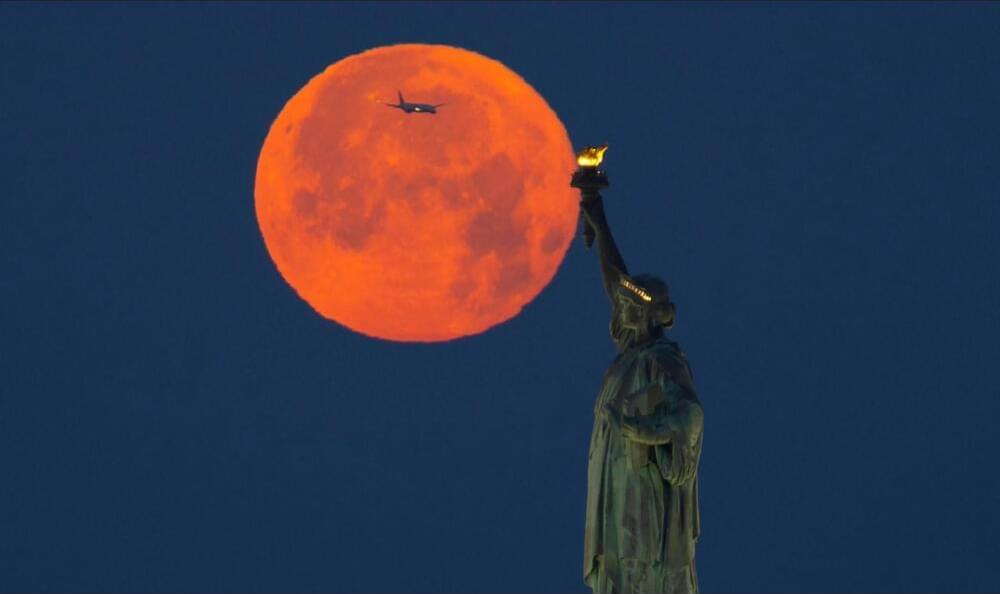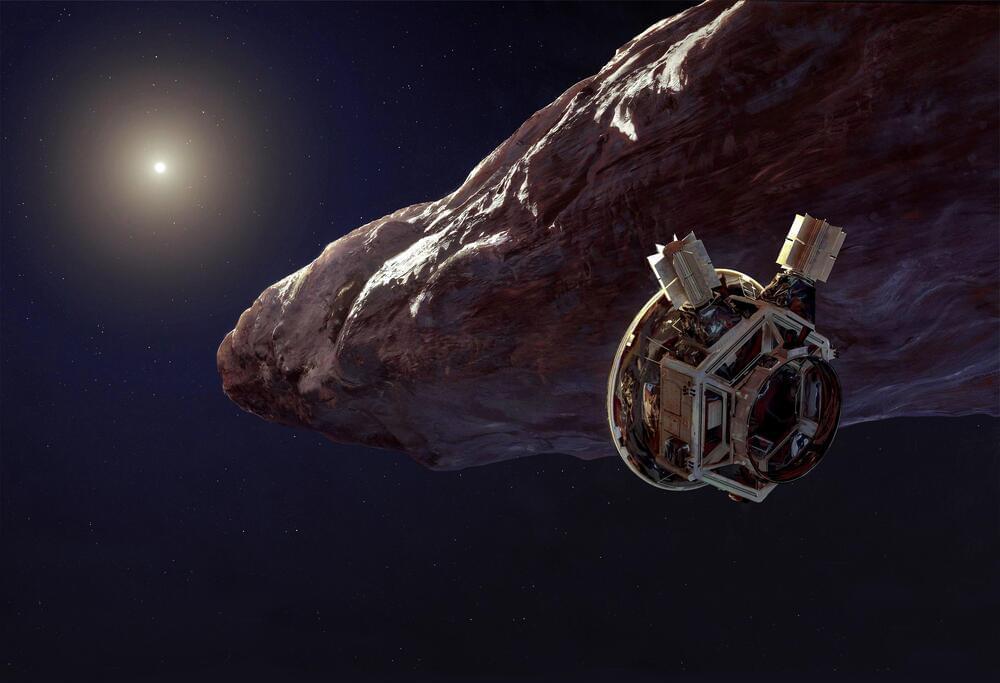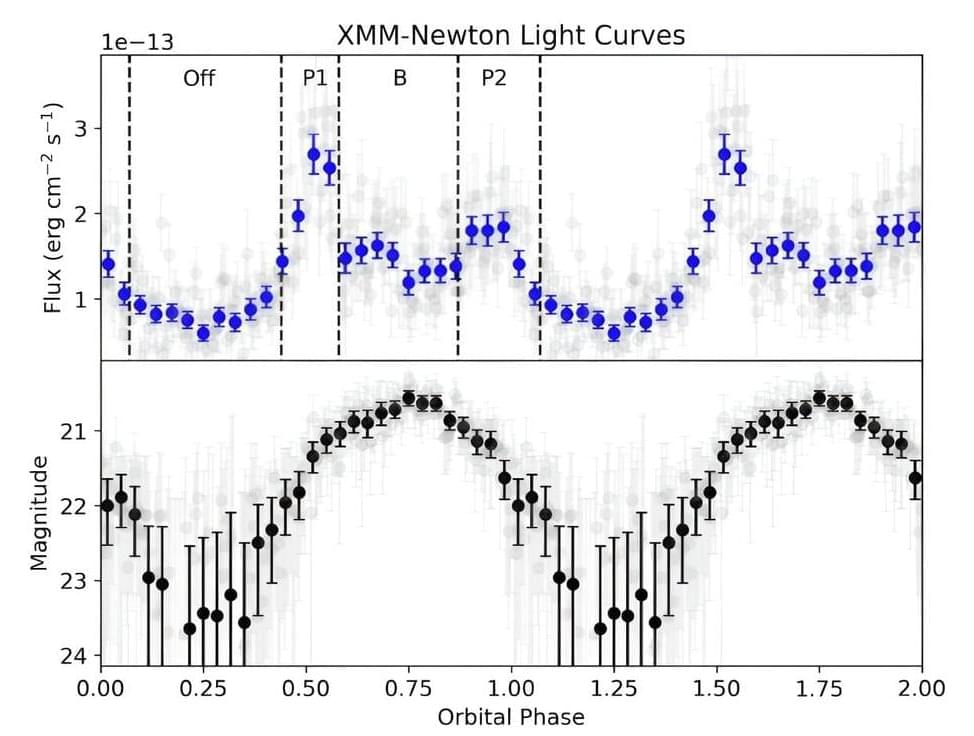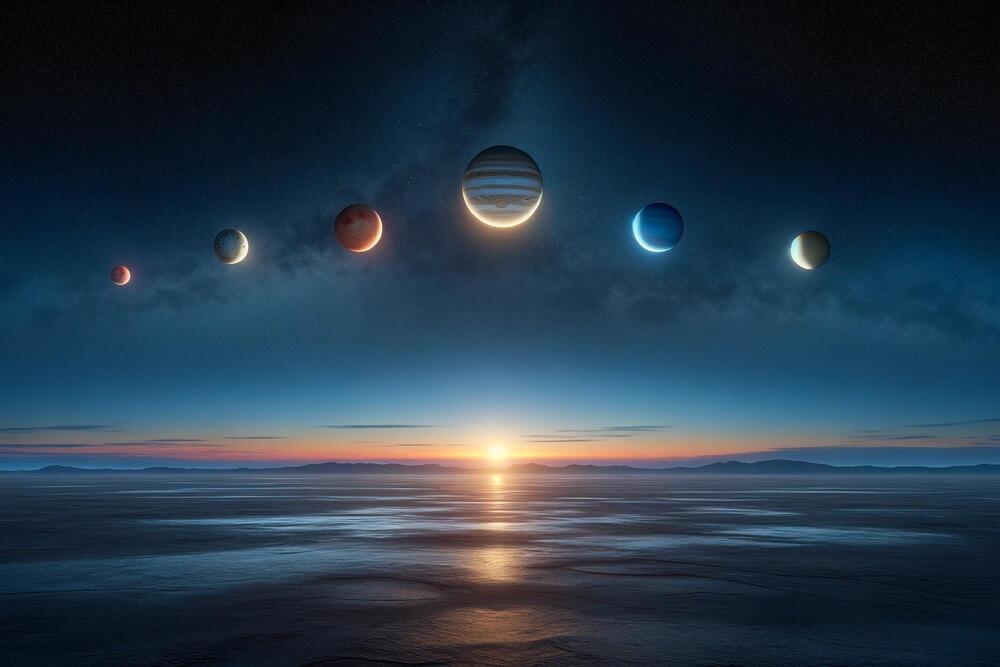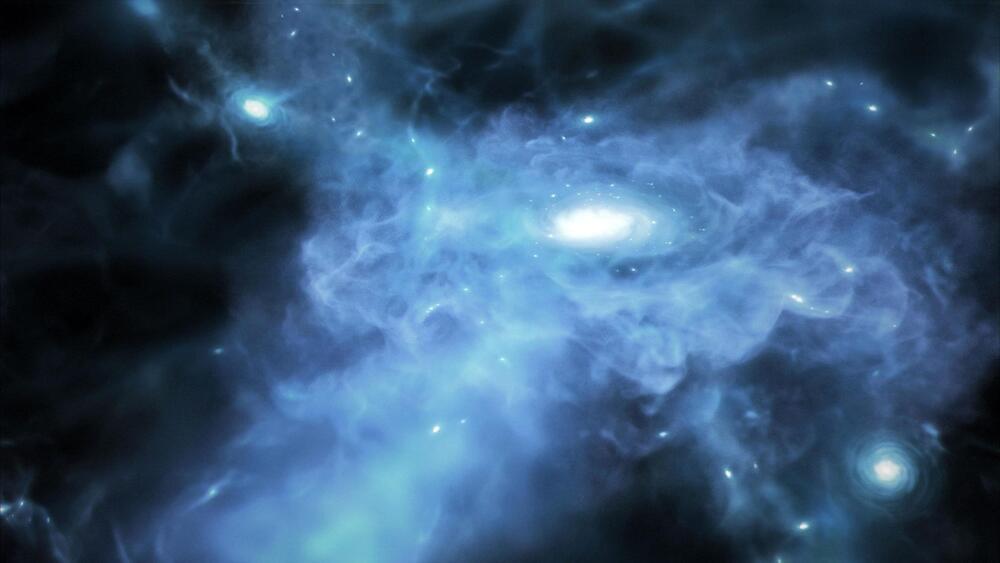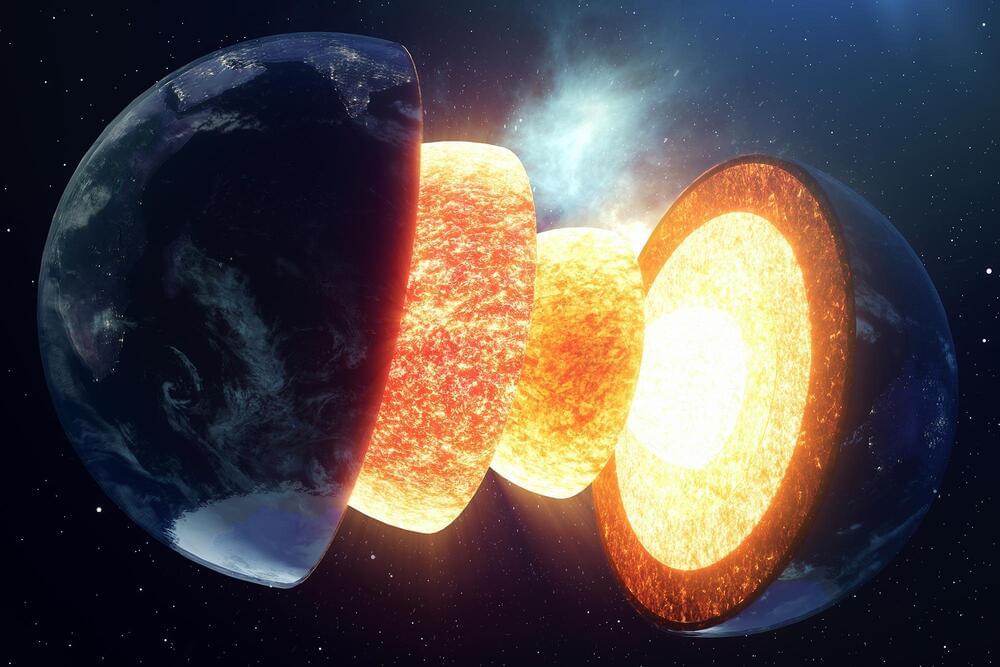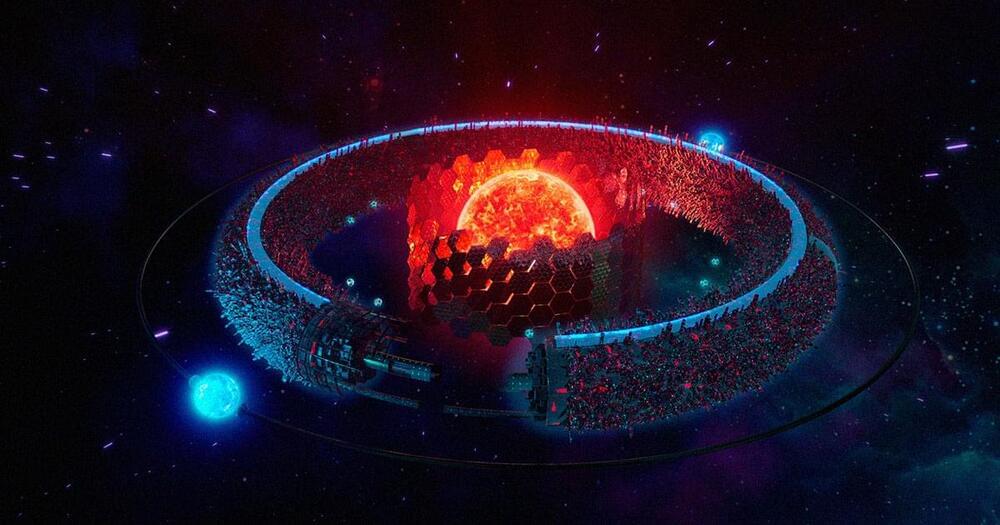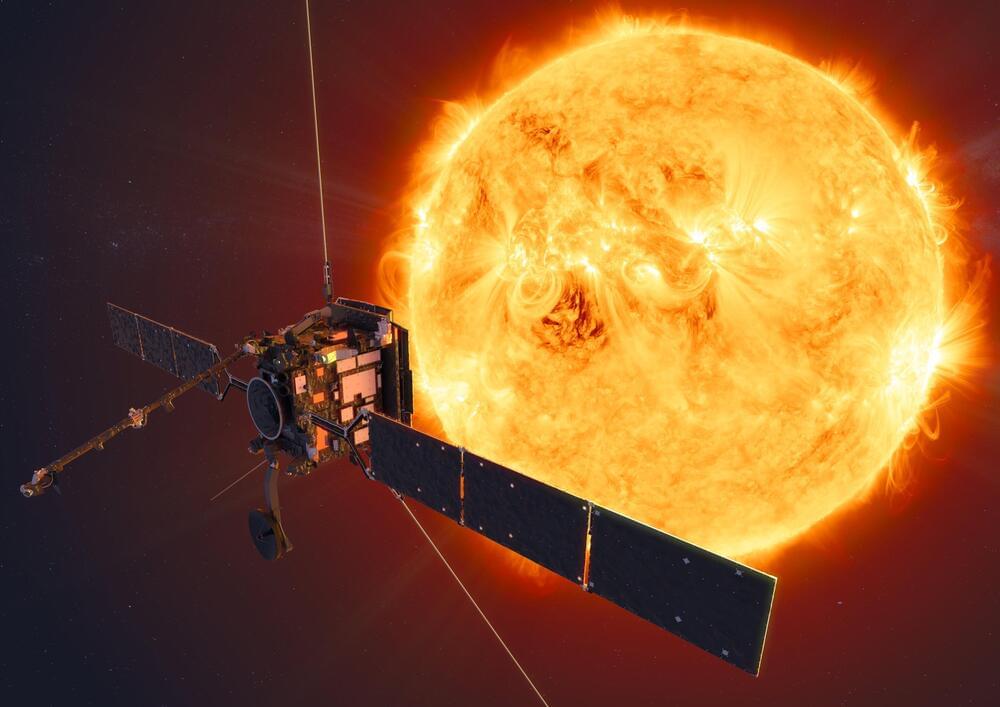June’s astronomical events include a beautiful crescent moon, noctilucent clouds, the summer solstice, the first full moon of summer, and a giant rocket launch.
Category: space – Page 93
1I/2017 U1 (‘Oumuamua) was discovered in October 2017; shortly after, it was determined to be the first object ever seen inside the solar system that had come from beyond it. But by the time its origins had been discerned, the interstellar interloper had already rounded the Sun and was speeding away at some 85,700 mph (138,000 km/h). Just an estimated 1,300 feet (400 meters) across, it faded from view of even the most powerful telescopes within weeks.
The only way to gather more data and uncover its true nature would be to send a spacecraft to study it up close. But uncertainties in ‘Oumuamua’s exact trajectory, the difficulty of detecting its ever-dimming light, and its rapid retreat make the idea of designing, building, and launching a mission in time to catch up to it seem utterly impossible.
Astronomers from the Stanford University in California have performed joint X-ray and optical observations of a massive “spider” pulsar designated PSR J2215+5135. Results of the observational campaign, presented in a paper published May 22 on the pre-print server arXiv, provide more hints into the nature of this pulsar.
On June 3, an alignment of six planets—Mercury, Mars, Jupiter, Saturn, Uranus, and Neptune —will be visible shortly before sunrise from dark, high vantage points with minimal light pollution. This rare event requires optical aids to view all planets.
Stargazers will have an incredible opportunity to look for six planets in Earth’s solar system on June 3. Mercury, Mars, Jupiter, Saturn, Uranus, and Neptune will appear, from some dark, weather-free vantage points on Earth, to form a more-or-less straight line in the night sky – but it’ll take some optical assistance to see them all.
The alignment is a bit of an illusion, astronomers are quick to point out, given the widely varying elliptical path of each planet’s orbit around the Sun. But the uncommon arrangement could prove captivating indeed – if local weather does not interfere.
Using the James Webb Space Telescope, University of Copenhagen researchers have become the first to see the formation of three of the earliest galaxies in the universe, more than 13 billion years ago.
For the first time in the history of astronomy, researchers at the Niels Bohr Institute have witnessed the birth of three of the universe’s absolute earliest galaxies, somewhere between 13.3 and 13.4 billion years ago.
The discovery was made using the James Webb Space Telescope, which brought these first ‘live observations’ of formative galaxies down to us here on Earth.
Proud Moment! India Makes History Launches World’s First 3D-Printed #RocketEngine | Space Technology.
#DNAVideos | #India | #Rocket | #SpaceTechnology.
For more, click here.
“People who plan to rise early and step outside on June 3 expecting to see the bloated disk of Jupiter or the rings of Saturn in a single glance will be, at the very least, quite disappointed,” prominent broadcast meteorologist Joe Rao wrote in a recent debunking column for Space.
The alleged “parade of planets” recently gained social media attention after Star Walk, a planetarium app, shared an article about the alignment, encouraging users to view the planets through its Sky Tonight stargazing tool.
The planetary alignment, or what astronomers call conjunction, according to NASA, will occur across the massive swath of sky in the Northern Hemisphere.
New research suggests the mysterious D layer at Earth’s core-mantle boundary might have formed from remnants of an early colossal impact, with iron-rich peroxide playing a key role in its unique and enduring features.
Deep within Earth, there lies a mysterious layer called the D layer. Located roughly 3,000 kilometers down, this zone sits just above the boundary between the planet’s molten outer core and its solid mantle. Unlike a perfect sphere, the D layer is surprisingly patchy. Its thickness varies greatly from place to place, with some regions even lacking a D layer altogether – much like continents rise above the Earth’s oceans. These intriguing variations have captured the attention of geophysicists, who describe the D layer as a heterogeneous, or non-uniform, region.
A new study led by Dr. Qingyang Hu (Center for High Pressure Science and Technology Advanced Research) and Dr. Jie Deng (Princeton University) suggests the D layer might be originated from Earth’s earliest days. Their theory hinges on the Giant Impact hypothesis, which proposes a Mars-sized object slammed into the proto-Earth, creating a planet-wide magma ocean in the aftermath. They believe the D layer may be a unique composition leftover from this colossal impact, potentially holding clues to Earth’s formation.
We’d need an astronomical amount of resources to construct a Dyson sphere, a giant theoretical shell that would harvest all of a given star’s energy, around the Sun.
In fact, as science journalist Jaime Green explores in her new book “The Possibility of Life,” we’d have to go as far as to demolish a Jupiter-sized planet to build such a megastructure, a concept first devised by physicist Freeman Dyson in 1960.
“If you wanted enough material to build such a thing, you’d essentially have to disassemble a planet, and not just a small one — more like Jupiter,” Green writes in her book.
Described as “the most complex scientific laboratory ever to have been sent to the sun,” there are ten different scientific instruments onboard Solar Orbiter—some in situ to collect and analyze samples of the solar wind as it passes the spacecraft, and other remote sensing instruments designed to capture high quality images of activity at the sun’s surface.
By combining photographic and instrumental data, scientists have for the first time been able to identify more clearly where the slow solar wind originates. This has helped them to establish how it is able to leave the sun and begin its journey into the heliosphere—the giant bubble around the sun and its planets which protect our solar system from interstellar radiation.
Dr. Steph Yardley of Northumbria University, Newcastle upon Tyne, led the research and explains, The variability of solar wind streams measured in situ at a spacecraft close to the sun provide us with a lot of information on their sources, and although past studies have traced the origins of the solar wind, this was done much closer to Earth, by which time this variability is lost.
